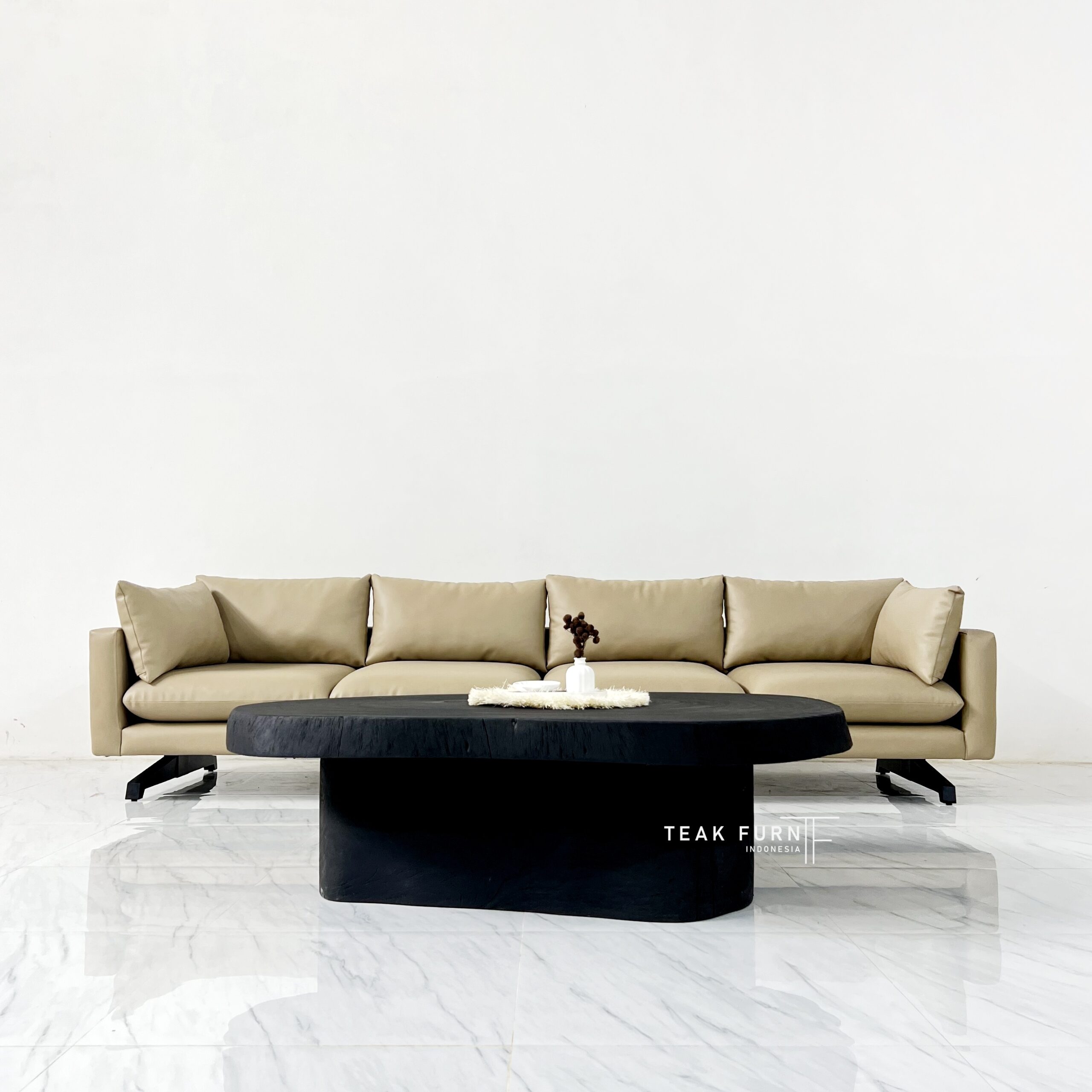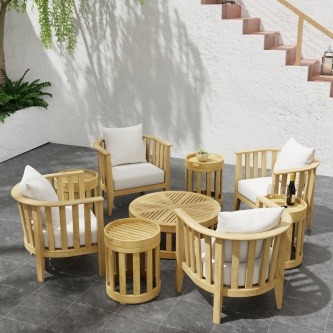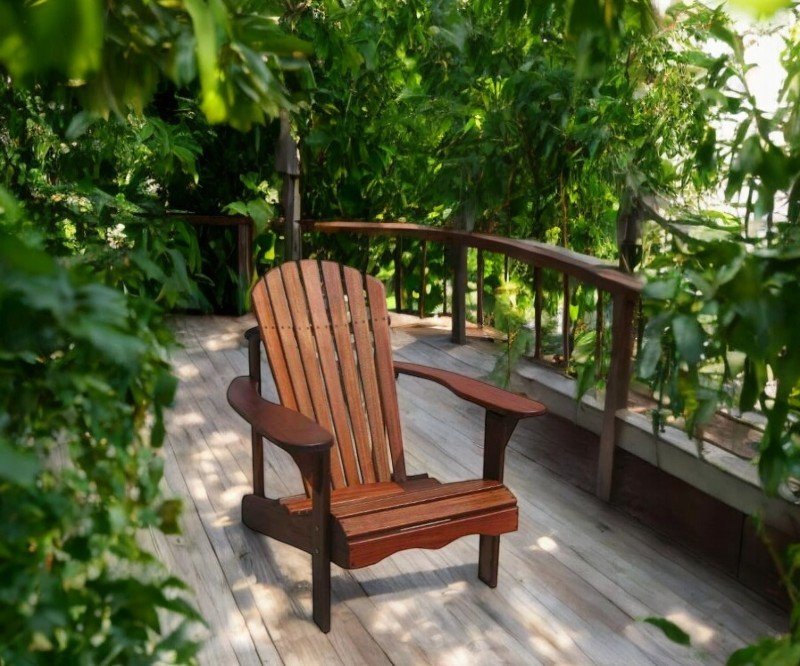
Living in smaller spaces has become increasingly common, and for those facing limited square footage, creating a functional yet stylish home can be challenging. Minimalist furniture offers an elegant solution for small spaces by focusing on simplicity, functionality, and maximizing every inch of space. By choosing pieces that are practical and aesthetically clean, you can make your home feel larger, more organized, and visually pleasing. Here’s how minimalist furniture can transform your small living area.
1. Multi-Functional Furniture for Small Spaces
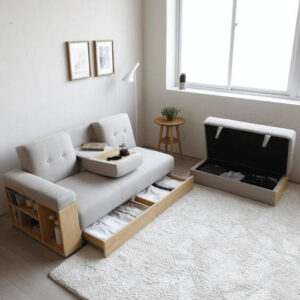
One of the key principles of minimalist design is multi-functional furniture. In small spaces, it’s essential to select pieces that serve multiple purposes. For example, a sofa that converts into a bed, or a dining table that can be folded and stored, saves valuable space while maintaining functionality. Additionally, beds with built-in storage drawers or lift-up desks that attach to the wall can eliminate the need for bulky storage units, ensuring the space stays organized.
Multi-functional furniture allows you to create a flexible living environment that adapts to your changing needs. You can effortlessly convert your living room into a guest bedroom or use your dining table as a home office when necessary, all while keeping the space uncluttered.
2. Sleek and Simple Designs
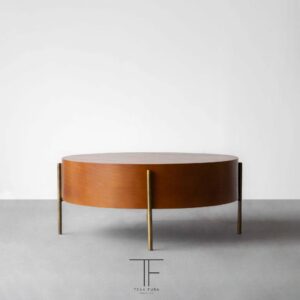
Minimalist furniture thrives on clean lines, simplicity, and practicality. When selecting furniture, opt for designs with subtle geometric shapes and smooth surfaces. Avoid overly ornate pieces that can overwhelm a small space. Choose a simple coffee table with slender legs or a low-profile sofa that doesn’t dominate the room.
Materials like light wood, glass, and metal are popular in minimalist design as they create an airy, open atmosphere. Stick to neutral colors such as white, gray, beige, or soft pastels, which reflect light and make the room feel larger. Avoid dark or overly vibrant colors that can make a small space feel more cramped.
3. Optimal Use of Color and Lighting
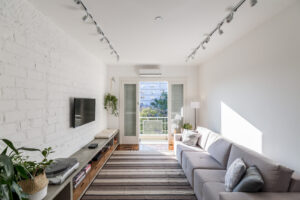
Color and lighting are crucial elements in making small spaces feel more open and inviting. Light wall colors—like whites, pale grays, or off-whites—help reflect natural light and visually expand the room. You can introduce accent colors through pillows, rugs, or artwork, but keep the overall palette minimal to maintain a calm and cohesive look.
Lighting is another powerful tool for making a room feel larger. Embrace natural light by keeping windows unobstructed and using light, airy curtains. For artificial lighting, choose sleek, modern fixtures that complement your minimalist aesthetic, such as pendant lights or floor lamps with simple designs. Layering different light sources, such as ambient and task lighting, can add dimension without overcrowding the space.
4. Flexible and Space-Saving Furniture

Flexibility is key when designing small spaces. Choose lightweight and movable furniture that can easily be rearranged to suit different activities. For instance, stackable chairs or foldable tables can be tucked away when not in use, freeing up floor space. Modular sofas or storage units that can be rearranged also provide the freedom to customize your layout as needed.
Additionally, furniture that offers storage solutions, like ottomans with hidden compartments or wall-mounted shelves, can help you keep the space tidy without taking up valuable floor area. The more you can use every corner of the room efficiently, the better.
5. Transparent and Open Shelving

In minimalist spaces, open shelving and transparent furniture pieces are ideal for maintaining a sense of openness. Transparent furniture, like glass tables or acrylic chairs, allows light to pass through, preventing the space from feeling heavy. Open shelving can display decorative items like books or plants, adding character without cluttering the room.
By choosing open shelving over bulky cabinets, you can create the illusion of more space while still keeping everything within reach. However, be mindful to avoid overcrowding these open shelves, as too many visible items can make the space feel cluttered.
6. Maximizing Storage with Hidden Solutions
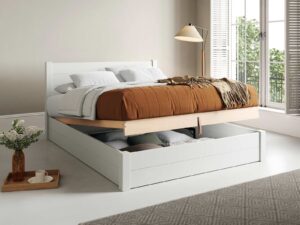
Effective storage solutions are essential in minimalist design. In small spaces, keeping items out of sight is key to maintaining a clean and organized look. Look for furniture pieces with hidden storage, such as coffee tables with lift-up tops or storage beds that can store clothing and other essentials. Wall-mounted storage units are perfect for keeping items off the floor, creating a clean, streamlined aesthetic.
Under-bed storage or furniture with built-in compartments can help you store seasonal items or extra belongings without taking up additional space. Hidden storage solutions keep your home feeling spacious and organized, even with limited square footage.
Conclusion
Minimalist furniture is a perfect solution for small spaces, helping you maximize both style and functionality. By choosing multi-functional furniture, sleek designs, and flexible storage solutions, you can create a living space that feels spacious, organized, and serene. Minimalism is about making intentional choices that allow each item to serve a purpose, resulting in a calm, clutter-free home.
With the right furniture and thoughtful design, your small space can become a beautiful, efficient, and comfortable place to live. Embrace minimalist principles, and watch how your space transforms into an organized oasis that feels larger and more open than ever before.

